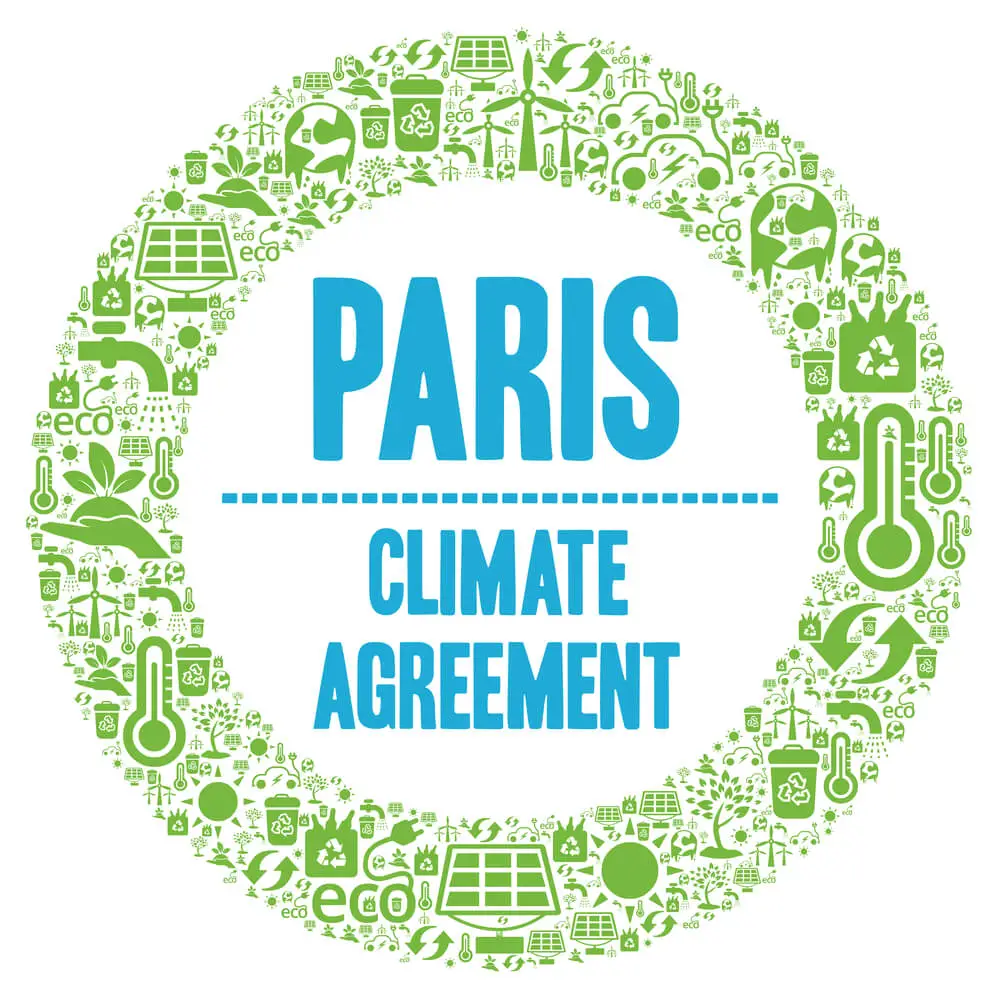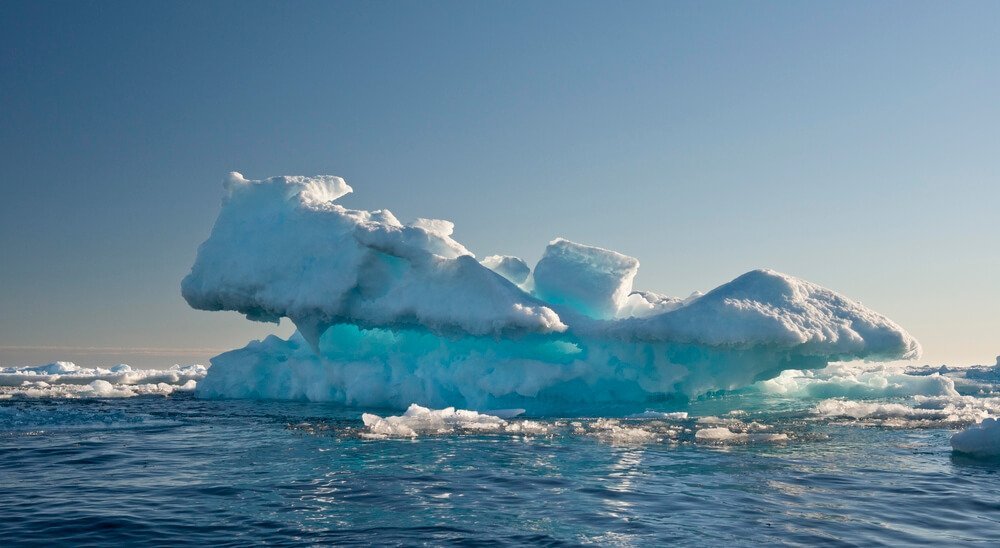I look at climate change as an everything problem. Climate change refers to the process of global warming, which disturbs and affects the weather, people, animals, and much more on the planet.
We see climate change everywhere we look, especially in the environment, so yes, climate change is an environmental problem.
Is climate change an environmental problem
So let us look at how climate change affects the environment and causes problems for it.
First, let us look at the effects climate change is having on humans because we are part of the environment on Earth.
We may be causing global warming to accelerate at unprecedented speeds, but it also affects us. We need to focus on these three effects:
- Climate change is a major threat to agriculture. Farmers know better than anyone where, how, and when to grow certain types of crops.
They know this because of the Earth’s natural patterns. Now that weather patterns are shifting faster than ever, farmers and people who work in the agricultural realm are having trouble keeping up. Water supplies are becoming increasingly unpredictable, making it impossible to know whether or not your crops will survive. Not only that, but fields of crops are more likely now to be attacked by diseases, pests, and weeds.
- Our transportation and infrastructure are at risk. Extreme weather events are going to cause problems for human building and infrastructure. The hotter the Earth gets, the more buildings collapse, electrical supplies fail, and roads fall apart. Flooding, hot weather, hurricanes, tornadoes, and so on cause these detrimental effects to our infrastructure, and global warming is causing these extreme weather conditions.
- Warmer, polluted air affects human health. The warmer air causes more smog, which is basically the ozone at ground level. Smog irritates our lungs and increases the chances of asthma attacks. Another factor that warmer weather affects humans is that warmer freshwater is likely to carry more bacteria. This bacteria contaminates our drinking water at faster rates when warm.
To put it bluntly, as the air gets warmer and warmer because of global warming, more and more people will get sick and die due to the effects of the heat.
In consideration of marginalized communities, Linda Rudolph, director of the Climate Change and Public Health Project at the nonprofit Public Health Institute, called global warming “a double whammy for people of color and low-income communities.”
Another community that will suffer disproportionately sare agricultural workers because they spend so much time under the hot sun.
There need to be spokespeople for these communities, or they will suffer at the hands of our mistakes.
All people need to stand up and speak out about our problems because these problems are already here.
They are happening now. We can no longer sit back and push the issues down the line to future generations because they affect us now.
What are the six effects of climate change on the environment?
Now, I want to delve into the problems that climate change is causing for the environment, including plants and animals.
Here are five effects of climate change on the environment:
- Blooming times are changing – Researchers are becoming increasingly more interested and concerned that warming temperatures affect the timelines of blooming trees. Researchers are comparing old records of bloom times with current records and finding that tree bloom times are two or even three times earlier than in the past.
Tree blooming timelines changing becomes a problem because many trees rely on specific insects to spread their pollen. If the tree blooms early and the insects do not show up, the tree’s seeds may not get fertilized. At the same time, the insects that rely on the tree flowers for food may not show up on time to benefit from the blooming; thus, they are without a food source.
- Species are forced to alter their home ranges – The home ranges that animals confine themselves to are purely made to fit the animal’s comfortability to climate factors. These climate factors include:
- Temperature
- Precipitation
- Soil moisture
- Humidity
- Wind
If there is any shift in these variables, the animal who has made this their home range for years on end may become sensitive to the shift and have to move to a home range that better suits them.
- The ocean is becoming more acidic (affecting marine life) – Humans have increased the amount of carbon dioxide in the air because of their overuse of fossil fuels. Due to the increase in carbon dioxide in the air, the ocean is suffering. This is because the ocean absorbs carbon dioxide. As the sea begins to absorb more and more carbon dioxide, its PH levels decrease. When the oceans’ PH levels decrease, the sea becomes more acidic.
When the ocean becomes more acidic, there is less calcium carbonate available in the water. When there is less calcium carbonate, the calcium carbonate in marine organisms such as coral begins to dissolve. This process leads to the bleaching of coral, which affects coral and marine life because the coral is their home.
- Ice sheets are melting – This effect of climate change is pretty self-explanatory because it is evident that as the Earth grows warmer and warmer due to human influence, the ice will melt faster and faster. Heat and ice do not coexist. We all know this if we have left a cup of iced water out in the sun. The ice melts.
When more and more ice caps melt, more solar radiation is attracted to the Earth because the ocean and land are darker in color and absorb more heat than the ice caps. As more ice caps melt, more heat is absorbed into the atmosphere, and more and more ice caps melt as a result. It is a dreadful process humans must stop to protect ourselves, the animals, and the environment.
- Accelerated sea-level rise – Global warming is causing the sea levels to rise in two specific ways. The first way includes the melting of ice sheets and glaciers worldwide. As these melt, more and more water is added to the oceans.
The second way, which an article on NASA’s website explains, “warmer water expands, and this “thermal expansion” of the ocean has contributed about half of the 2.8 inches (7 centimeters) of global mean sea level rise we have seen over the last 25 years.”
- Longer, more intense heat waves – Across the globe, hot days are getting hotter and more frequent. I know that even in my own state, record temperature days are becoming more frequent. The increase in extreme heat waves increases the possibility of other extreme natural disasters, which we are already seeing.
Which is the best practice to reduce the effect of climate change on the environment?
The two primary ways to reduce the effects of climate change on the environment are through mitigation and adaptation.
- Mitigation – This is the act of attempting to reduce the onset of climate change. This involves reducing the flow of greenhouse gases (primarily carbon dioxide) into the atmosphere because it is the main contributor to global warming. Mitigation has two processes that humans are attempting to use to prevent the effects of fossil fuels from entering the atmosphere at egregious rates.
- Reduce the sources – This includes reducing the amount of time humans use fossil fuels in their everyday lives. This includes the use of fossil fuels for heat, electricity, or transport.
- Enhancing the sources that store fossil fuels – The sources that accumulate and store fossil fuels include oceans, forests, and soil. In order for these to work, we must also work on reducing the sources. These two go hand in hand in the effort to mitigate humans’ effect on the atmosphere through fossil fuel usage.
- Adaptation – This is the act of adapting to the consequences we have reaped through our overuse of fossil fuels. We have affected the climate, and we must adapt to it in order to live hand in hand with it as we always have. We have to reduce our vulnerability to the harmful changes the environment will have on our own lives, or else we will not survive in the future. We must make an effort to adapt now to be prepared.
Conclusion
Throughout history, people have adapted to changing climates. Humans are resilient. I believe we can also adapt if we put in the effort to mitigate our effects simultaneously.
The survival of the human race and promoting a comfortable lifestyle for our future requires we act on these two factors now.





